This weeks readers questions comes from Mr. Neelakantan. After reading the article, “Is Olive Oil Heart Healthy?” he forwarded this question. “Is Coconut Oil Heart Healthy?”
What’s in the oil?
All oils are a mixture of saturated, monounsaturated, and polyunsaturated fatty acids, though each oil is usually called by the name of the fatty acid that is most abundant. The artery-clogging – and therefore most damaging – fatty acid is saturated fat. The fat in coconut oil is 92% saturated fat.
What gets tricky is that there are different kinds of saturated fats. Some are long-chain (they have 12 or more carbon atoms), and some are medium-chain (fewer than 12 carbon atoms). These various saturated fats do not have the same impact on LDL (bad) cholesterol levels in the blood.
One long-chain saturated fat, stearic acid, has little impact on LDL cholesterol. Stearic acid is the most common saturated fat in chocolate, which is why chocolate or cocoa butter raises LDL only about one-quarter as much as butter, even though both are about 60% saturated fat.
But other long-chain saturated fatty acids, like the ones that make up most of the saturated fat in coconut, palm kernel, and palm oils (known as tropical oils), do in fact raise LDL cholesterol considerably. These saturated fats are called palmitic, myristic, and lauric acids. They also make up most of the saturated fatty acids in meat, poultry, and dairy fats like milk, butter, and cheese.
What’s in coconut oil?
Coconut oil is one of the rare plant sources of saturated fat. The oil is extracted from the meat of mature coconuts that grow on the coconut palm. Coconut oil is not to be confused with coconut water, which is the fluid inside coconuts.
Coconut oil has been shown to increase LDL, or “bad cholesterol,” which is the top risk factor for high blood pressure and heart disease. It contains more than 90% saturated fat, for comparison, butter is closer to 60% saturated fat.
One recent study found that coconut oil significantly worsened bad cholesterol (LDL). LDL cholesterol levels correlate with risk of heart attack and other cardiovascular events. For people with LDL under 60 or 70, coconut oil may not be a problem.
On the other hand, a randomized study, published 2018, showed that although, coconut oil increases LDL, it does so, less than butter, and similar to olive oil. The researchers say that more research is required to understand the effects of coconut oil on our blood pressure and heart health.
Watch How Mark Lowered His Blood Pressure Naturally. It was 150/100, this morning it was 110/79 Watch Video
Studies are confusing sometimes
What gets confusing is we are told one thing from one study and then something completely opposite from another study. Here is my suggestion. If a study, comes out such as “Eggs Are Not Heart Healthy” and 2 months later a study comes out saying, “They Were Wrong: Eggs Are Heart Healthy.”
Find out who is sponsoring the new study. I have found numerous studies touting the benefits of eggs, beef, chicken and so on… And do you know who sponsor those studies? The egg, beef and chicken industry who have a vested interest in making money on your purchase.
For example: The FDA and USDA will not let the egg industry say that eggs are healthy. In spite of what you may think and believe, the USDA says that eggs aren’t healthy or safe. If you are one of those that has an egg or two for breakfast, you may want to reconsider your choice.
According to Freedom of Information Act documents U.S. Department of Agriculture warned the egg industry that saying eggs are nutritious or safe may violate rules against false and misleading advertising.
In light of this information I decided to do my own research before I decide to add something to my diet that is “touted” as healthy. Remember the bottom line, even in the health industry, is profit. Not your health. So please, in the age of the internet, do your homework…


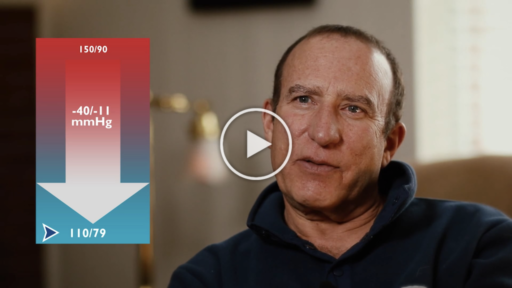
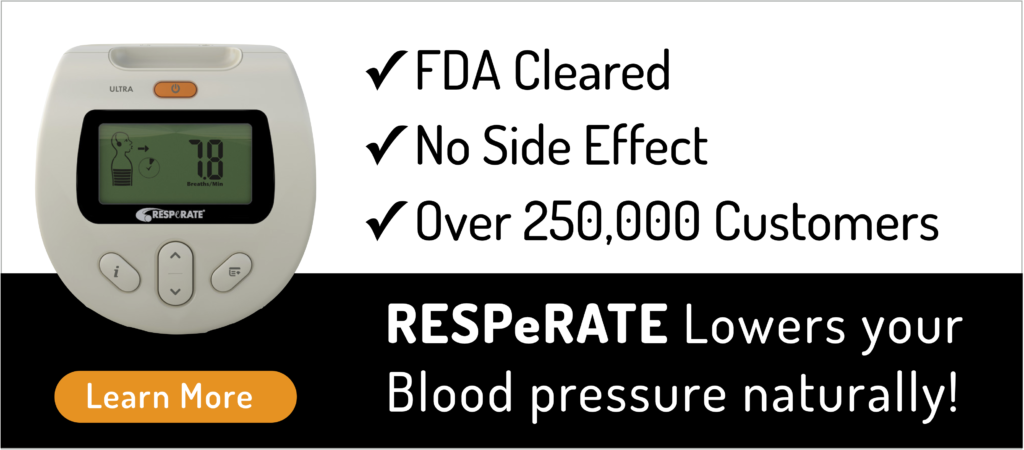


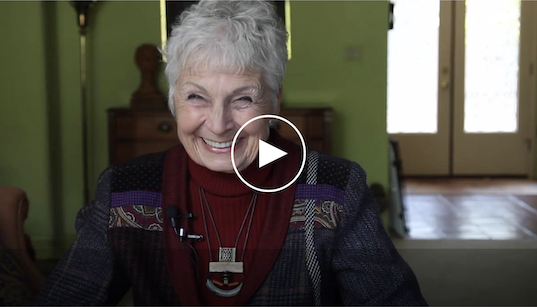






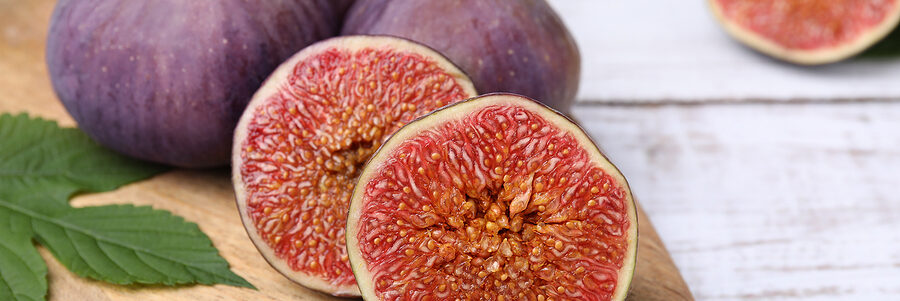

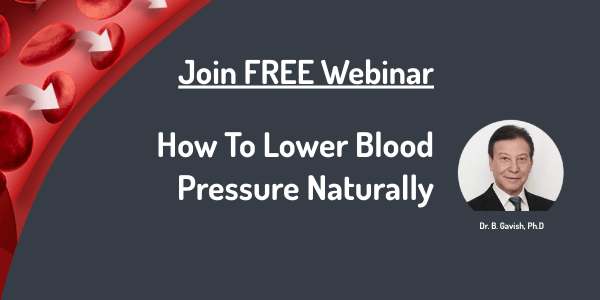


 Download Brochure
Download Brochure